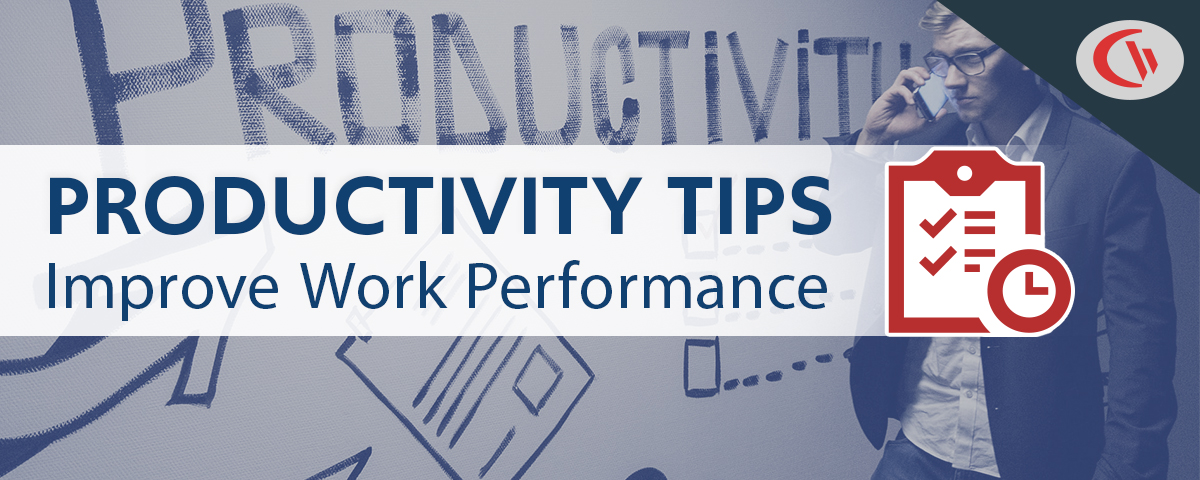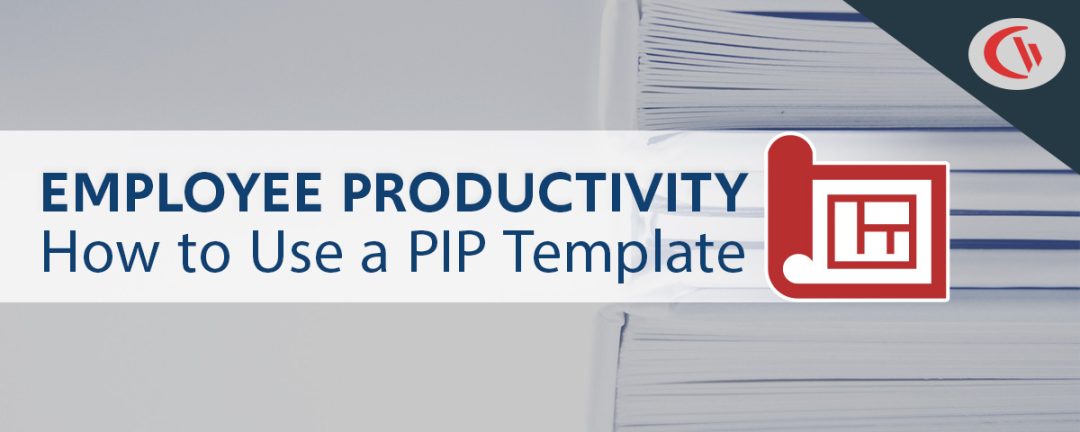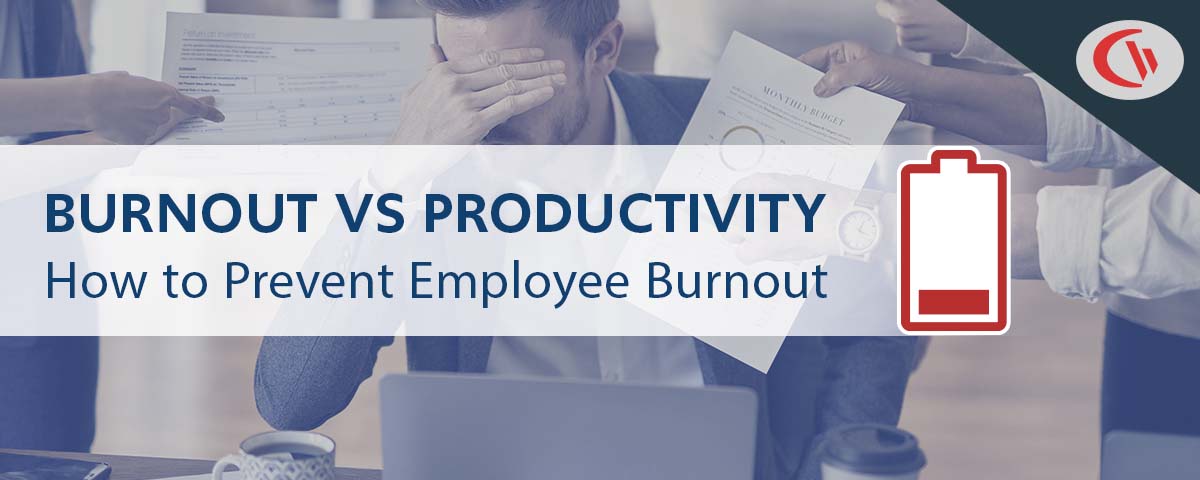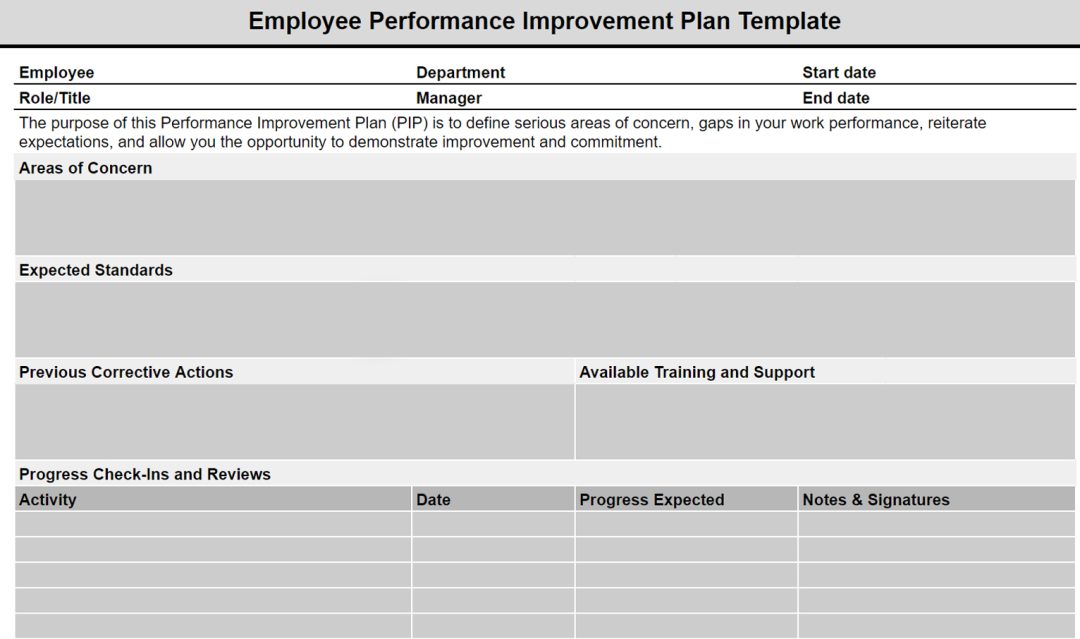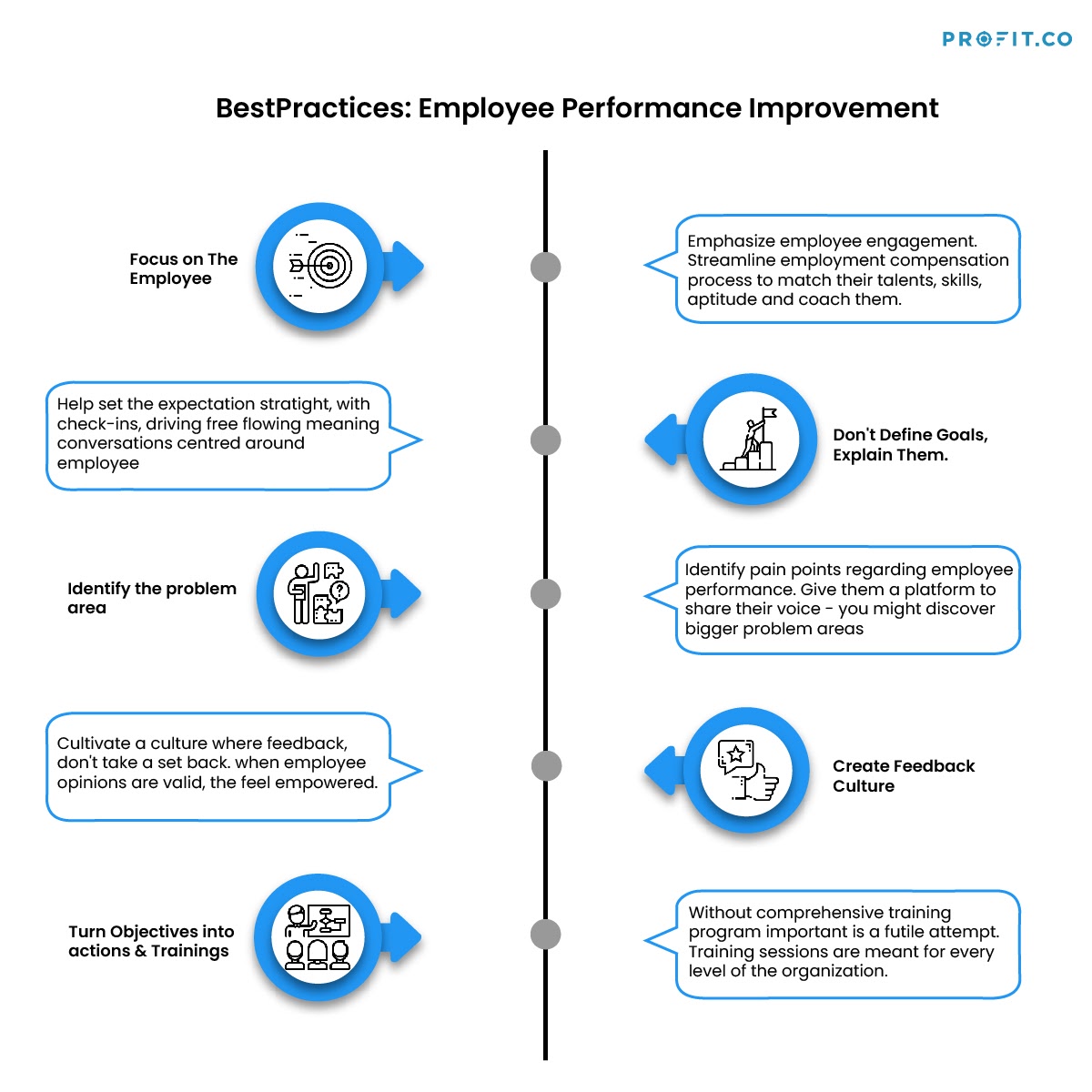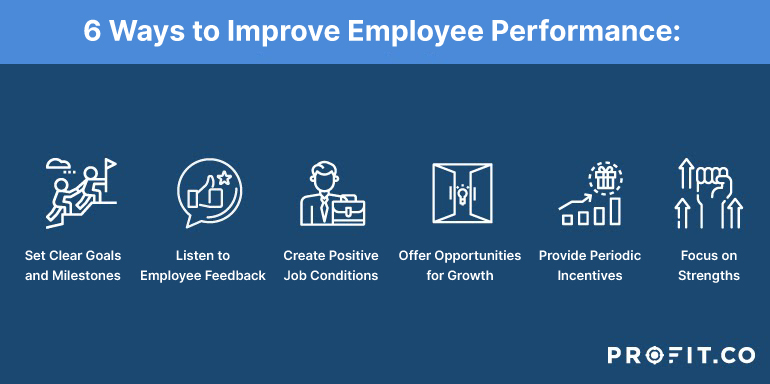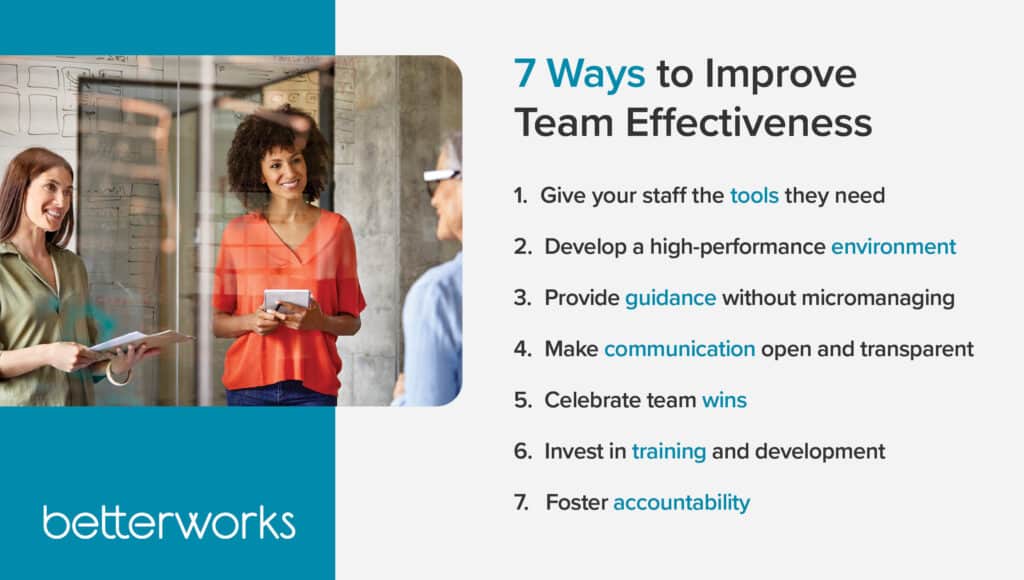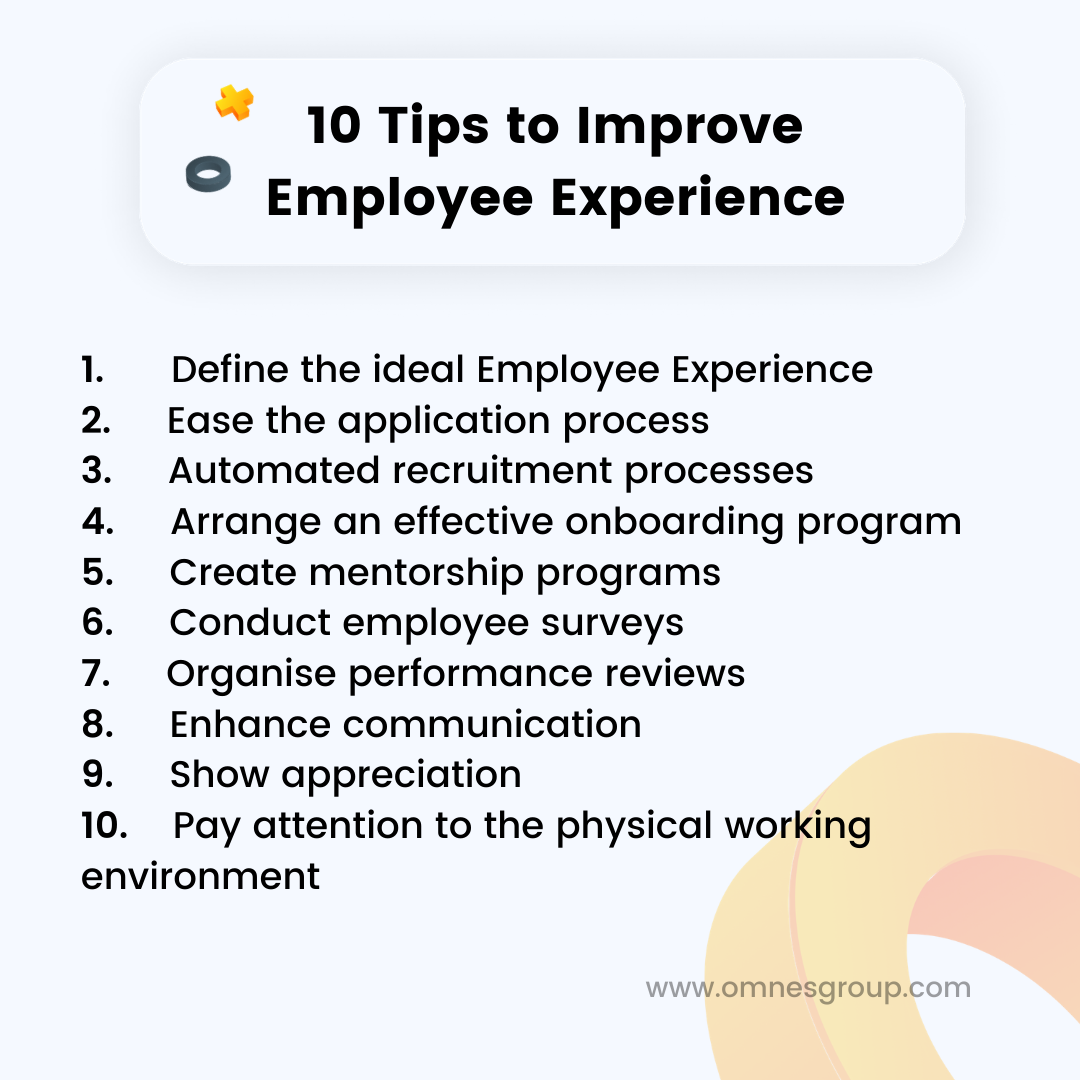How To Tell Employee They Need To Improve

The sinking feeling in your stomach. The knot in your throat. Delivering constructive criticism to an employee is arguably one of the most challenging tasks a manager faces. Avoiding these crucial conversations, however, can lead to decreased productivity, stalled team growth, and ultimately, business failure.
This article delves into the strategies, best practices, and expert insights on how to effectively communicate performance improvement needs to employees, fostering growth and maintaining a positive work environment. We explore the importance of preparation, clear communication, and ongoing support in navigating these sensitive interactions, ensuring both the employee and the organization benefit from the process.
Laying the Groundwork: Preparation is Key
Before even scheduling the conversation, thorough preparation is paramount. Gather concrete examples of the employee's performance that needs improvement. Avoid vague accusations and generalizations; instead, focus on specific instances and their impact.
Refer to performance reviews, project outcomes, and documented feedback. Having tangible evidence strengthens your case and demonstrates you've been paying attention.
Additionally, reflect on your own role in the situation. Could you have provided better training, clearer expectations, or more consistent feedback earlier? Self-reflection fosters a more collaborative and less accusatory environment.
The Conversation: Clarity and Empathy
Choose a private and neutral location for the conversation. Schedule ample time to discuss the issues without feeling rushed. Starting the conversation with positive reinforcement can help ease tension.
Acknowledge the employee's strengths and contributions before addressing areas for improvement. This demonstrates that you value them as an individual and employee. Use the "SBI" (Situation-Behavior-Impact) framework to deliver your feedback.
Describe the specific situation, the employee's behavior in that situation, and the impact of that behavior. For example: "During last week's client presentation (Situation), you interrupted the client several times and spoke over them (Behavior), which ultimately made the client feel unheard and potentially jeopardized the deal (Impact)."
Actively listen to the employee's perspective. Allow them to explain their understanding of the situation and any challenges they faced. Showing empathy is crucial, even if you don't agree with their reasoning.
According to a Gallup poll, only about half of U.S. employees strongly agree that they know what is expected of them at work. Open communication helps bridge this gap and ensures everyone is on the same page.
Creating a Plan for Improvement: Collaboration and Support
Work with the employee to create a specific, measurable, achievable, relevant, and time-bound (SMART) action plan. This plan should outline concrete steps the employee will take to improve their performance. Clearly define the expected outcomes and timelines.
Offer support and resources to help the employee succeed. This may include additional training, mentoring, or access to specific tools or software. Schedule regular check-ins to monitor progress and provide ongoing feedback.
Consider implementing a performance improvement plan (PIP) if necessary. A PIP clearly documents performance expectations, areas needing improvement, and consequences of failing to meet those expectations.
Documentation and Follow-Up: Maintaining Transparency
Document the conversation, the agreed-upon action plan, and any subsequent check-ins. This documentation serves as a record of the process and can be valuable in case of future performance issues. Regular follow-up is critical to ensure the employee stays on track and receives the support they need.
Provide consistent feedback, both positive and constructive. Celebrate successes and address any setbacks promptly. Remember that performance improvement is an ongoing process, not a one-time event.
According to the Society for Human Resource Management (SHRM), effective performance management systems can lead to increased employee engagement and productivity. Investing in these systems is an investment in the organization's success.
Potential Pitfalls and How to Avoid Them
Avoid generalizations and personal attacks. Focus on the behavior, not the person. Don't delay the conversation. Addressing performance issues promptly prevents them from escalating.
Don't sugarcoat the message. Be direct and honest, but also empathetic. Don't compare the employee to others. Focus on their individual performance and growth.
Failing to address performance issues can negatively impact team morale and productivity. It also creates a perception of unfairness among other employees. By following these guidelines, managers can navigate these challenging conversations with confidence and create a more positive and productive work environment.
Looking Ahead: Fostering a Culture of Feedback
The most effective approach to performance management is to create a culture of continuous feedback. Encourage employees to seek feedback regularly from their peers and managers. Implement regular performance reviews and check-ins.
Promote a culture of open communication where employees feel comfortable sharing their challenges and seeking support. This proactive approach helps prevent performance issues from arising in the first place. By embracing a culture of feedback, organizations can foster a growth mindset and unlock the full potential of their employees.
Ultimately, delivering constructive criticism is an opportunity to help employees grow and develop. By preparing thoroughly, communicating clearly, and providing ongoing support, managers can turn potentially difficult conversations into opportunities for positive change and improved performance.

